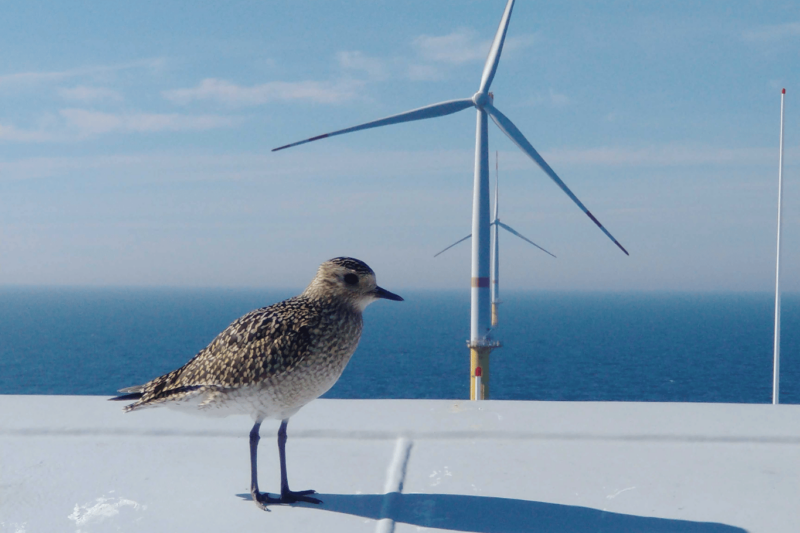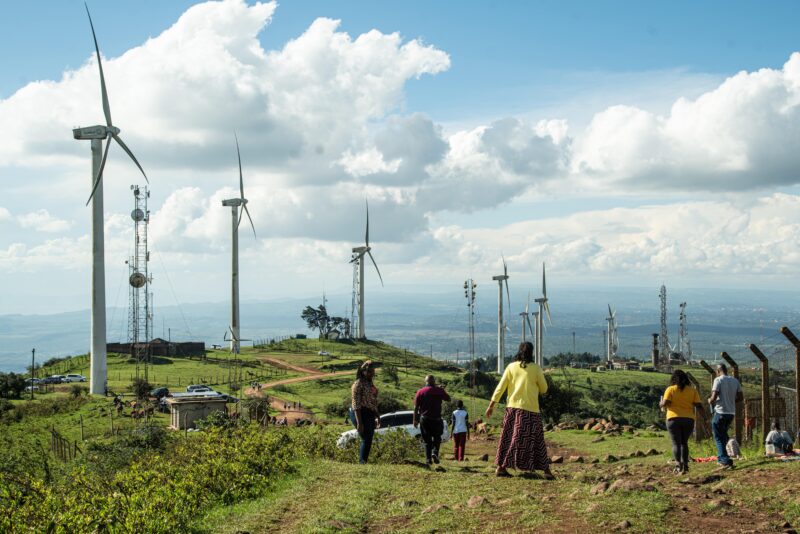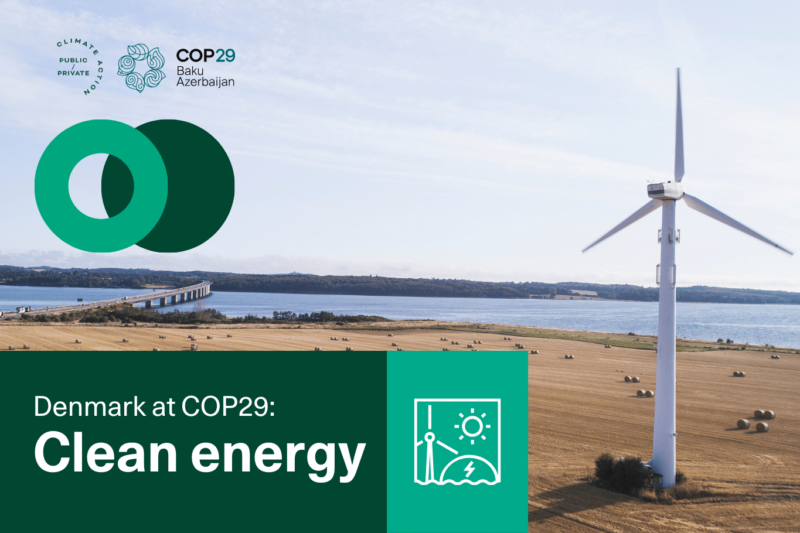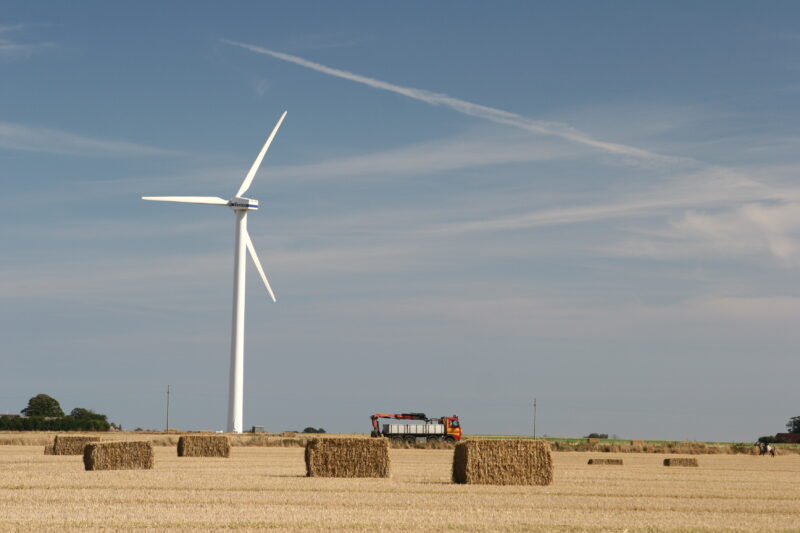News
Offshore wind
Wind energy
New report: offshore wind creates and secures thousands of jobs
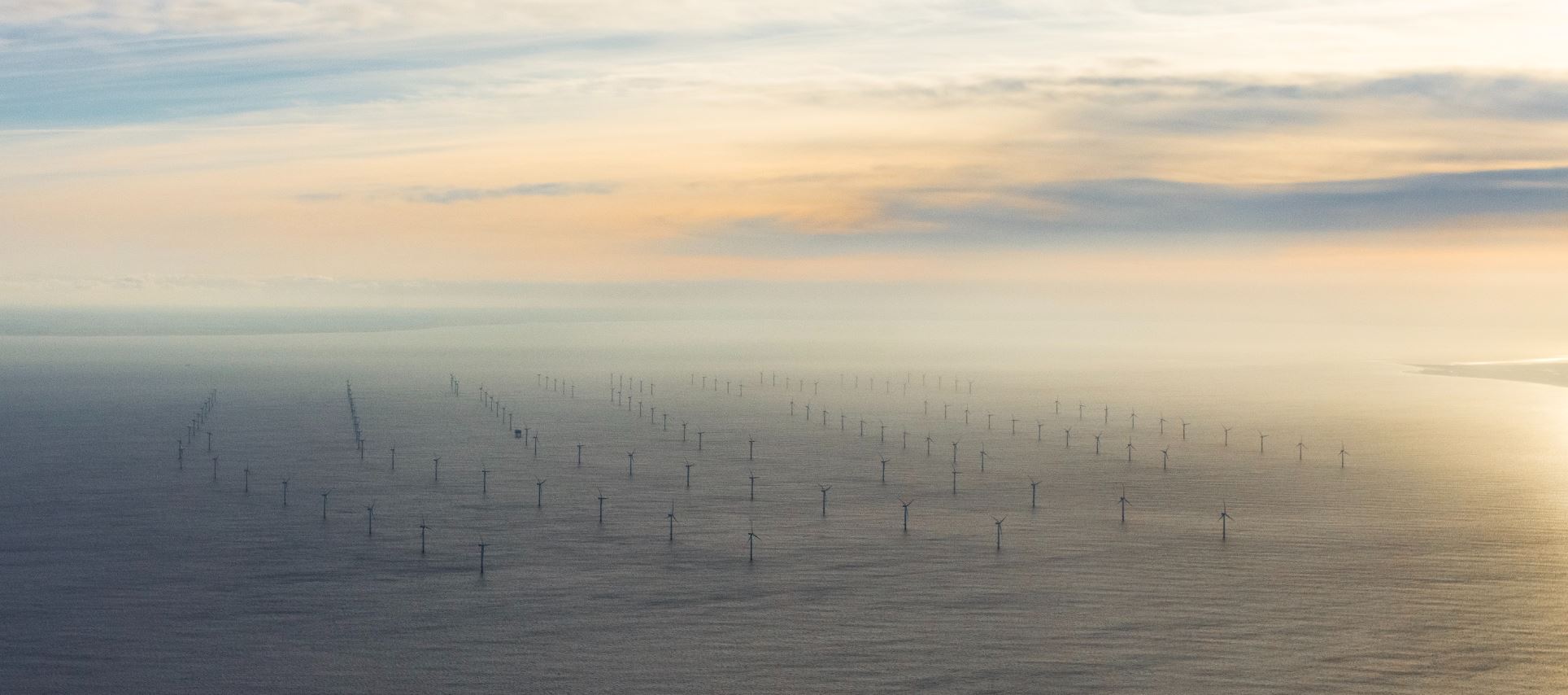

A decision to invest in offshore wind is not just a decision to ensure greener energy production. It is also an active effort to secure jobs for Danish companies. A new report analysing the socioeconomic impacts of offshore wind states that the offshore wind industry has been characterised by significant productivity improvements that have increased the economic return measured as megawatt (MW) per Euro invested, but also reduced the labour needed per MW. The study assesses that labour measured as FTEs per MW has been reduced from nearly 19.0 FTEs per MW installed in 2010 to around 7.5 FTEs per MW installed in 2022.
When seen in isolation, productivity improvements such as these could result in reduced employment in the offshore wind industry. But the offshore wind industry has expanded heavily in the last ten years, from just under 1.0 GW to almost 25 GW, and in the next 20 years, it is expected to further increase its capacity 15-fold. This has resulted in a cumulative increase in employment and economic returns from offshore wind at the same time. A win-win situation.
-Related news: The green transition could create thousands of new jobs over the coming decades
Important contribution to Danish society
Denmark was the first country to invest in offshore wind and through consistent Danish commitment and investments combined with skilled Danish businesses, the Danish offshore wind industry today has an assessed 40% market share of the European offshore market and the most complete supply chain in the world making Denmark a one-stop-shop for global offshore wind. Therefore Danish offshore wind companies stand to gain massively from the potential 3.5 million FTEs.
The new study is the most detailed of its kind to date, and also shows employment in various industries and in selected cities in Denmark.
“Once again, the figures clearly show that investments in green energy make a large and important contribution to Danish society in the form of jobs in Denmark. Danish competencies within offshore wind are world-leading because we have a solid and complete value chain in Denmark to ensure a cost-effective and highly competitive development with offshore wind - right from planning and design until the turbines have served their lifetime", said Jan Hylleberg, CEO, Wind Denmark.
-Related news: Quadrupling job creation and massive GDP gains expected from decarbonisation
Future capacity increase will boost employment
In 2010, total offshore wind capacity in Europe was less than 1 GW. With nearly 19 FTEs per MW installed, the associated labour was around 19,000 FTEs. In 2019, total offshore wind capacity was nearly 23 GW and with an assessed around 10 FTEs per MW installed, the associated labour input was around 230.000 FTEs. With the expected 15-fold increase in offshore wind capacity over the next 20 years, labour can increase up to 3.5 million FTEs if labour input equals 7.5 FTEs per MW as assessed for 2022.
The Danish market share implies that Danish offshore wind companies is assessed to receive an average of around 3.1 FTEs of each MW installed and operated in other EU countries than Denmark. Labour input from Danish subcontractors adds another 3.2 FTEs per MW, while labour input from spending of wages and salaries on food, housing, transportation, etc. adds yet another 2.8 FTEs per MW. Put differently, for every MW offshore wind farm installed and operated outside of Denmark but within Europe, total Danish labour input amounts to 9.1 FTEs per MW.
"Now we establish that offshore wind must be Denmark's number 1 position of strength. Our maritime territory offers opportunities to produce ample amounts of cheap green electricity and power-to-x fuels for the benefit of the Danish business community, for Danish job creation and for the whole of Europe’s green transition,“ said Lars Aagaard, CEO, Danish Energy.
The continued expansion of Danish wind farms matters to the domestic offshore wind sector as well. When an offshore wind farm is installed and operated in Denmark, the Danish labour return is higher. Around 4.9 FTEs per MW are generated directly within the Danish offshore companies compared to 3.1 FTEs for offshore wind farms in other EU countries than Denmark. Adding labour inputs from subcontractors and spending of wages and salaries means that the labour input on a Danish offshore wind farm amounts to a total 14.6 FTEs, i.e. 60 per cent more FTEs per MW compared to offshore wind farms installed and operated in Europe.
There is a very large potential for job creation in offshore wind
- Dan Jørgensen, Danish Minister of Climate, Energy and Utilities
“There is a very large potential for job creation in offshore wind. The new energy islands in the climate agreement will create both plenty of green electricity and jobs,” said Minister of Climate, Energy and Utilities, Dan Jørgensen at the launch of the report.
The study “Socioeconomic impacts of offshore wind” has been conducted by the consultancy QBIS and financed by the Danish Maritime Fund.
More productive than average companies
Furthermore another analysis published July 29th, by The Economic Council of the Labour Movement (ECLM), a Danish economic policy institute and think-tank, shows that green Danish companies export for approx. EUR 40,000 more per employee than the average company does. Moreover, green companies are more productive than non-green companies. ECLM has calculated exports and productivity of Danish companies that provide green goods and services, e.g. wind turbines, wastewater and rainwater management, waste management and energy efficiency. The analysis also shows that green Danish companies are more productive. In fact, their productivity is 3 per cent higher than the 2018 average.
Sources
Danish Shipping (in Danish)
Danish Energy (in Danish)
Photo by Nicholas Doherty on Unsplash

